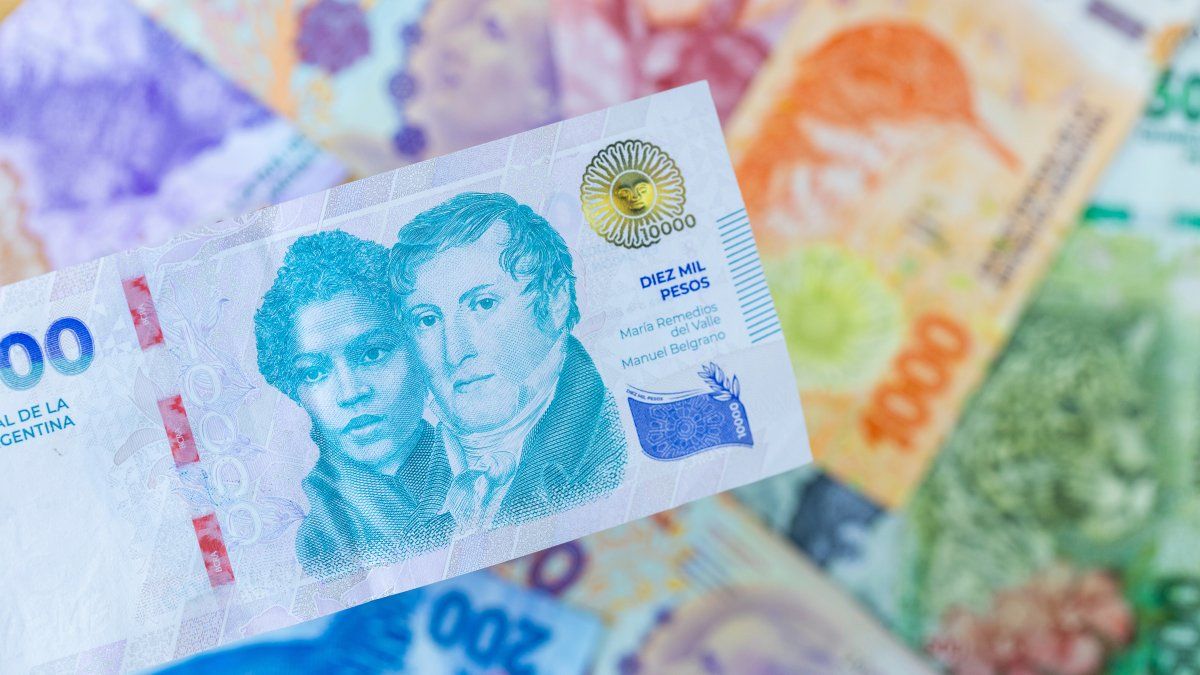Most people know that one is more expensive than the other. But can you also explain how an “eau de toilette” differs from an “eau de parfum”? For anyone who has asked this question before, a detailed explanation follows.
According to statistics, 890 million euros and 460 million euros were generated in Germany last year. That’s not surprising, after all, everyone wants to smell good. And this despite the fact that many people don’t even know the difference between an “Eau de Toilette” and an “Eau de Parfum” – except for the price differences. The explanation is very simple: it depends on the mixing ratio of fragrance oils to water and alcohol. So that you know why you spent more or less money on your favorite fragrance the next time you go shopping, we will explain the most important criteria in detail below.
Eau de Parfum (EdP)
On average, each perfume consists of up to 80 percent alcohol. Other ingredients include (distilled) water, essential oils and now often fragrances that have been produced synthetically. The difference between an “Eau de Toilette” and an “Eau de Parfum” is hidden in the details, more precisely in the concentration of fragrance oils: In the case of an “Eau de Parfum” the proportion is between ten and 14 percent, which is very high. And also the reason why you should use a real perfume sparingly. Just one or two sprays are enough for the scent to spread and stay with you for a long time. This also explains why a real “Eau de Parfum” for and is significantly more expensive than an “eau de toilette”.
A notice: An even stronger version is the “Eau de Parfum” if it contains the addition “Intense”. Here the fragrance oil concentration is up to 20 percent. However, if the name “Extrait” is found on the bottle, the proportion is between 15 and 30 percent.
Eau de Toilette (EdT)
As already mentioned at the beginning, the mixing ratio makes the crucial difference. At the The fragrance oil concentration is usually between six and eight percent – and is therefore significantly lower than with an “eau de parfum”. The scent is therefore less intense, so it is not only cheaper to buy, but can also be applied more generously. This does not diminish its value in any way, quite the opposite: it is particularly suitable for everyday use as it brings a certain lightness and does not seem so intrusive. The name comes from the fact that scented water was previously used for daily personal care as well as for cleaning – simple linen cloths, which are called “toile” in French, were used for this. The word “Eau” means “water”, so Eau de Toilette when put together means “toilet water”. Just for understanding.
Eau de Cologne (EdC)
In addition to the “Eau de Toilette” and the “Eau de Parfum”, there is a third form: This has such a low proportion of fragrance that it is described as the lightest version of a perfume. With a concentration of only three to five percent, it is a refreshing water with a very subtle scent – which disappears after a short time. This means that an “Eau de Cologne” doesn’t really cost much to purchase.
And another note: There are also men’s and women’s fragrances that share the name carry. This name hides the same low fragrance oil concentration as Eau de Cologne. Many perfumeries advertise this especially in the summer months, as the corresponding scents are particularly light and bring a certain freshness.
The following table summarizes all the names including the fragrance oil concentration:
|
Designation |
Scent concentration |
|
Eau de Solide |
1 to 3 % |
|
Eau de Cologne |
3 to 5% |
|
Eau de toilette |
6 to 9% |
|
Eau de parfum |
10 to 14% |
|
Eau de Parfum (Intense) |
10 to 20 % |
|
Eau de Parfum (Extrait) |
15 to 30% |
Source: Stern
I am an author and journalist who has worked in the entertainment industry for over a decade. I currently work as a news editor at a major news website, and my focus is on covering the latest trends in entertainment. I also write occasional pieces for other outlets, and have authored two books about the entertainment industry.




